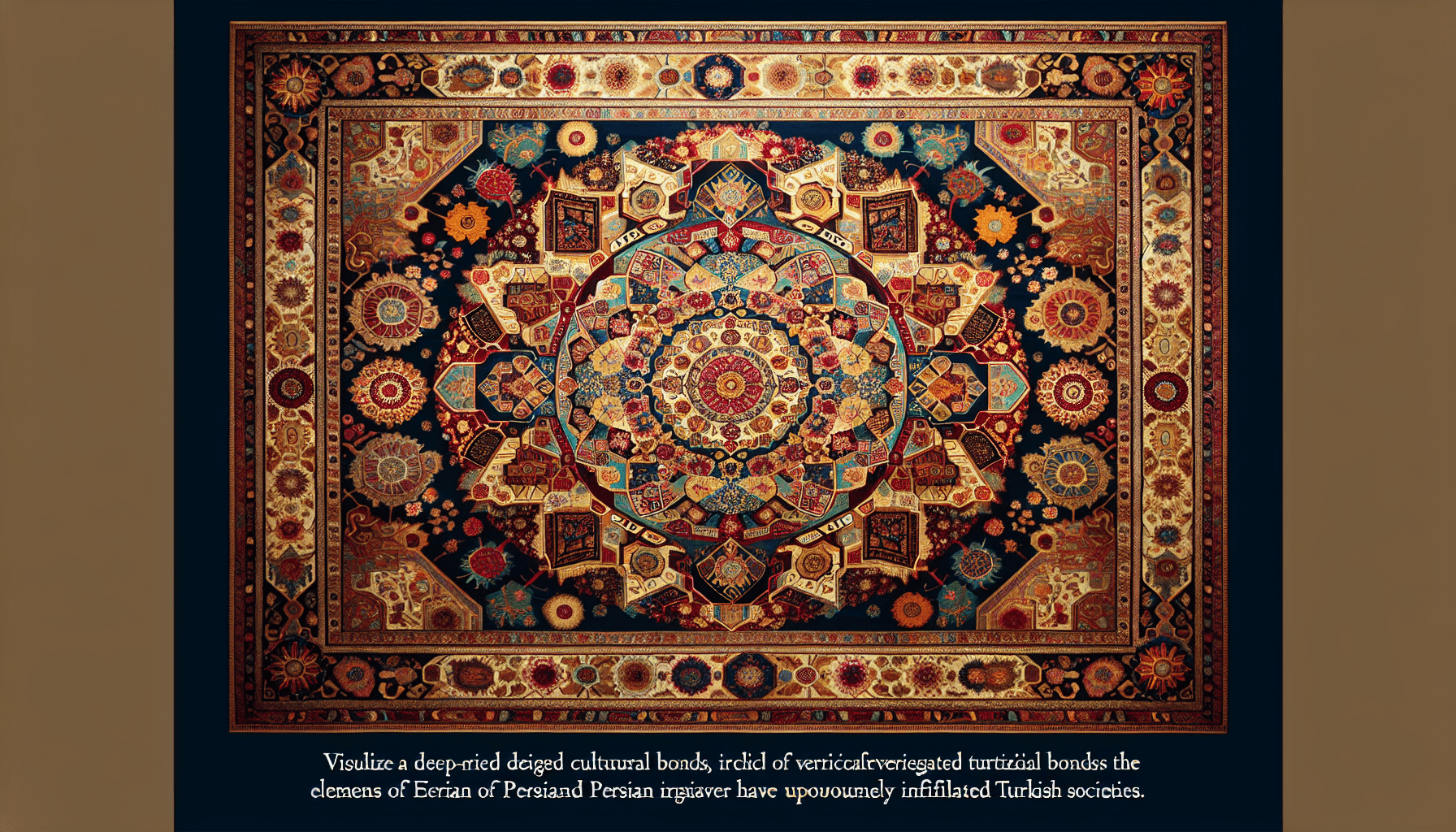Welcome to an exploration of the fascinating cultural exchange between Persian and Turkish traditions. Over the centuries, Persian influence has seeped into various aspects of Turkish culture, from cuisine and language to art and music. This article will delve into how these two rich and vibrant cultures have intertwined and shaped each other, creating a unique blend of traditions that are cherished and celebrated in Turkey today. So sit back, relax, and let’s embark on a journey of discovery together. Hey there! Have you ever wondered about the fascinating connection between Persian culture and Turkish traditions? Join me as we delve into the rich history and intricate details of how Persian influence has shaped various aspects of Turkish culture.

